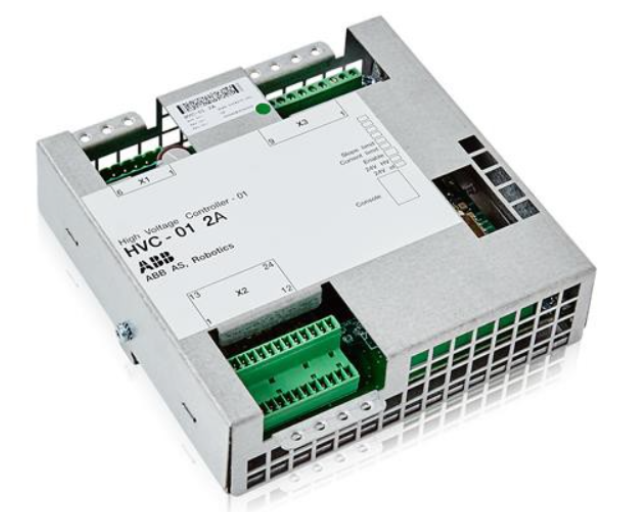ABB AC800F controller
Basic information
The AC800F controller is a fieldbus enabled controller launched by ABB in 2000, which has rich fieldbus interfaces and can achieve controller redundancy, communication redundancy, and power redundancy. It adopts a modular structure, with the CPU designed as a backplane, and various modules (power unit, Ethernet, fieldbus module, etc.) can be connected to the backplane according to application requirements. This controller is suitable for use by engineering companies as it is only equipped with configuration software CCB and does not have its own human-machine monitoring software. Third party software can be chosen as the human-machine monitoring software.
Technical Parameter
CPU: 32-bit Exceedance RISC processor with high-speed bit processing capability.
Storage: RAM has 4MB (SRAM) or 16MB (DRAM), with internal or external battery backup function, and 4MB flash EPROM.
Environmental conditions: The ambient temperature is 0-60 ° C, and the protection level is IP20.
Dimensions: 239 × 202 × 164mm (width × height × depth), installed using DIN rails.
Power supply: 120/230V AC, 24V DC, supports redundancy, maximum power consumption of 30VA.
Certification: Obtained CSA-UL, CE, NAMUR certification.
Features and advantages
High security: Supports a full range of redundant operating modes, including system bus (standard Ethernet solution), controller, input/output module, fieldbus main communication module, fieldbus, coupling connection devices, HIS communication, etc. Redundancy improves security and avoids production downtime.
High flexibility: It can collect and process signals and diagnostic data from up to four fieldbuses, and can support multiple bus types simultaneously, such as PROFIBUS, FOUNDATION Fieldbus, HART, MODBUS protocols, etc. Its compact and modular design, as well as universal electronic components, can be used for a wide range of applications, whether installed in control rooms or directly used on site.
Economically Reliable: Provides users with a new automation solution that integrates simple engineering concepts into an open, advanced system architecture. Engineering operations (from design, debugging to system maintenance and diagnosis) only require one toolkit (CBF), and also includes fieldbus and device management configurations. Built in Web Server technology is used for remote diagnosis.
Related Modules
Power module
SA 801F: Input voltage 115-230V AC, output 3.3VDC ± 3% 5A, 5.0VDC ± 3% 5A, total output power 26.5W, with functions such as input and output voltage monitoring, overcurrent detection, and short circuit protection.
SD 802F: 24V DC redundant voltage input, outputs 3.3VDC ± 3% 5A and 5.0VDC ± 3% 5A, with a total output power of 26.5W, and has functions such as automatic switching of input power supply.
SA811F: Input voltage 115-230V AC, output 3.3VDC ± 3% 6.5A, 5.0VDC ± 3% 5.5A, total output power 35W, suitable for PM803F CPU motherboard, with multiple protection and monitoring functions.
SD812F: Dual redundant 24VDC ± 25% power input, output 3.3VDC ± 3% 6.5A, 5.0VDC ± 3% 5.5A, total output power 35W, with multiple protection and monitoring functions.
Ethernet modules: such as EI 801F (10Base2 module), EI 802F (AUI module), EI 803F (10/100BaseTP module), etc.
Fieldbus modules: such as FI 830F (Profibus DP module), FI 820F (serial module), FI 810F (CAN module), etc.
Other modules: such as battery module AM 801F (for redundant battery backup), etc.
Difference from AC800M
AC800M has up to 9 controllers to choose from, while the difference between AC800F and AC800M is that AC800F only comes with configuration software CCB and does not have its own human-machine monitoring software. It is necessary to choose third-party software as the human-machine monitoring software, which is more suitable for engineering companies to use. However, both can achieve controller redundancy, communication redundancy, and power redundancy








